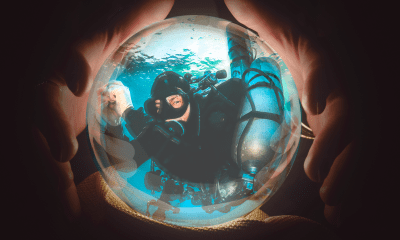

Is it a secret algorithm developed by the WKPP to get you out of the water faster sans DCI, or an unsubstantiated decompression speculation promoted by...
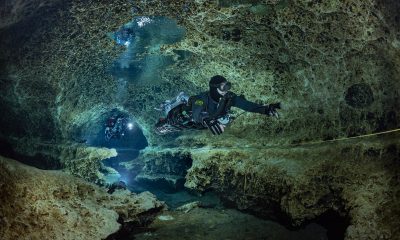

Veteran Irish cave and CCR instructor cum sports psychologist Matt Jevon explains how he teaches divers to become competent underground rebreather divers who “err safely” and...


Veteran magazine editor/designer and wreck diver Jesper Kjøller, who grew up on the Baltic, examines what is arguably the most extravagant and uncompromising wreck photo book...


Simon Mitchell, Session Moderator Editors’ Note: The Final Consensus Statements are given below. The discussion that led to the consensus appears after the Consensus Statements. The...
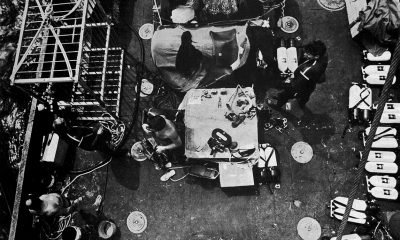

Poetic Italian explorer and instructor Andrea Murdock Alpini reveals the inside story of Italian adventurer Stefano Carletti, who wrote the first book—Andrea Doria - 74—on the...
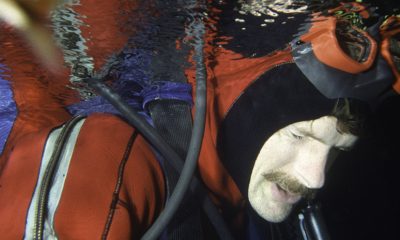

It’s fair to say that technical diving—specifically cave diving—would not be what it is, nor would we be diving as deep, for as long, or as...
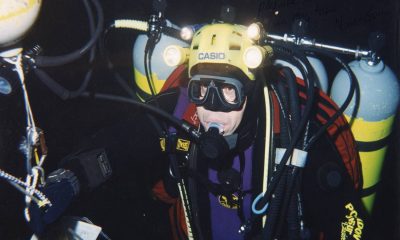

How deep are the deepest cave dives today, compared to those three decades ago when technical diving was just getting started? InDepth editor-in-chief Michael Menduno and...


What do you get when you combine British divers’ proclivity for shipwreck exploration with their strong affinity for beer? A tasty treasure hunt on the "Wallachia"...
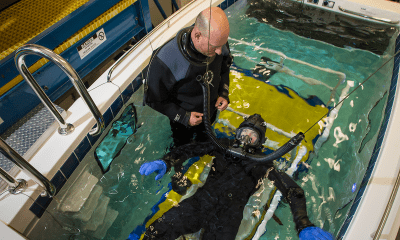

Active thermal heating systems will keep you warm in cold water and improve diver safety, but can they also increase your risk of getting bent? Our...


By Jim Bowden, March 7, 1998 Header image: Explorer Jim Bowden surveys Zacatón. All photos courtesy of Jim Bowden and Proyecto de Buceo Espeleologico Mexico y...